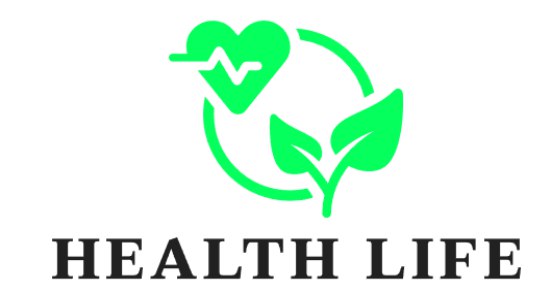For decades, women’s health conversations have largely focused on reproductive concerns or treating menstrual symptoms as inconveniences to be managed. However, an emerging approach called “cycle syncing” reframes the menstrual cycle not as a monthly disruption but as a natural rhythm that can be leveraged for improved health, productivity, and overall wellbeing. By understanding the biological changes that occur across the four menstrual phases, women can adapt their nutrition, exercise, and work habits to align with their body’s natural fluctuations in energy, mood, and hormonal balance.
The Four Phases of the Menstrual Cycle
The menstrual cycle is more than just menstruation—it’s a complex, recurring process that typically lasts between 21 and 35 days, divided into four key phases:
1. Menstrual Phase (Days 1–5)
This is the phase most women are most familiar with—the time when bleeding occurs due to the shedding of the uterine lining. Hormone levels, particularly estrogen and progesterone, are at their lowest, often resulting in lower energy and potential discomfort. Rather than pushing through with high-intensity demands, women may benefit from gentler exercise like stretching, yoga, or walking, alongside iron-rich foods to replenish nutrient levels.
2. Follicular Phase (Days 6–14)
Following menstruation, estrogen begins to rise, stimulating the growth of follicles in the ovaries. Energy levels and mental clarity often improve during this time, making it an ideal window for setting goals, tackling creative projects, and engaging in more demanding workouts such as strength training or interval exercises. Nutritionally, protein-rich foods and plenty of leafy greens can support muscle recovery and hormonal balance.
3. Ovulatory Phase (Around Days 14–16)
This brief phase marks the release of an egg from the ovary. Estrogen peaks, and testosterone also rises slightly, leading to heightened energy, sociability, and confidence. This is often the best time for important meetings, presentations, or collaborative work. In terms of diet, lighter meals rich in fiber, antioxidants, and hydration can help support optimal hormone metabolism.
4. Luteal Phase (Days 15–28)
After ovulation, progesterone rises to prepare the body for a potential pregnancy. Many women experience a gradual decline in energy and mood as the luteal phase progresses, especially in its second half when premenstrual symptoms may occur. Focusing on nutrient-dense comfort foods, adequate sleep, and moderate exercise like pilates or swimming can ease these changes. Magnesium-rich foods may help reduce bloating and mood fluctuations.
The Benefits of Cycle Syncing
Cycle syncing offers a holistic approach to women’s health that integrates biological rhythms into daily life. Benefits can include improved mood stability, better workout performance, reduced premenstrual symptoms, and enhanced productivity. It can also encourage a more compassionate relationship with one’s body, shifting the focus from fighting against hormonal changes to working in harmony with them.
Practical Application in Daily Life
Adopting cycle syncing starts with tracking the menstrual cycle—either with a traditional calendar, a period-tracking app, or wearable health devices. Once the phases are identified, activities and schedules can be adjusted. For example, a woman might plan intense gym sessions and major work deadlines during her follicular and ovulatory phases, while reserving the luteal and menstrual phases for lighter tasks, creative reflection, and restorative practices.
At work, awareness of cycle phases can help women communicate their needs and manage workloads more effectively. In personal life, it can guide social plans, travel, and self-care routines. Over time, aligning these aspects with the body’s natural rhythm can lead to a more balanced, sustainable lifestyle.
The Role of Nutrition and Exercise
Food choices play a crucial role in supporting hormonal health throughout the cycle. A varied diet that includes whole grains, lean proteins, healthy fats, fruits, and vegetables provides the nutrients necessary for each phase. Hydration remains important at all times, but especially during menstruation and ovulation.
Exercise can also be tailored to the cycle. High-intensity training fits well into high-energy phases like follicular and ovulatory, while restorative or moderate-intensity activities are better suited for menstrual and late luteal phases. This not only optimizes physical performance but also helps prevent burnout and injury.
Conclusion
Cycle syncing is not about rigid rules or restricting activities—it’s about listening to the body and working with it, not against it. While every woman’s cycle is unique and may vary month to month, understanding the general hormonal patterns can offer valuable insight into how to better care for physical, mental, and emotional health. By embracing these natural rhythms, women can turn the menstrual cycle from a challenge into a powerful ally for living a healthier, more balanced life.


